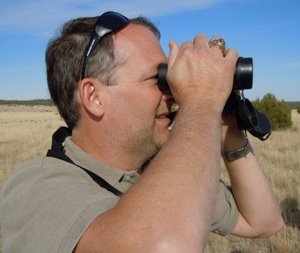FIELD NOTES |
Occasional observations and notes from Scott Rowin, Refuge Wildlife Biologist,and Jim Mueller, Land Management Research Demonstration Biologist at Balcones Canyonlands National Wildlife Refuge.
*** Be sure to click on the "Read more" button to see the full text of each entry!
***The public can read Chucks posts, but only dues paying members (logged in) can comment.
Jim Mueller was hired in 2010 for a new position as the Land Management Research and Demonstration (LMRD) Biologist. He graduated from Boerne High School, earned degrees from Texas A&M and Texas Tech, worked for 5 years in the Mojave Desert, and taught at Sul Ross State University and Tarleton State University before returning to work and live near the land where he grew up.
|
|
*** Be sure to click on the "Read more" button to see the full text of each entry!
***The public can read Chucks posts, but only dues paying members (logged in) can comment.



 Mueller’s Musings
Mueller’s Musings Rowin's Ramblings
Rowin's Ramblings